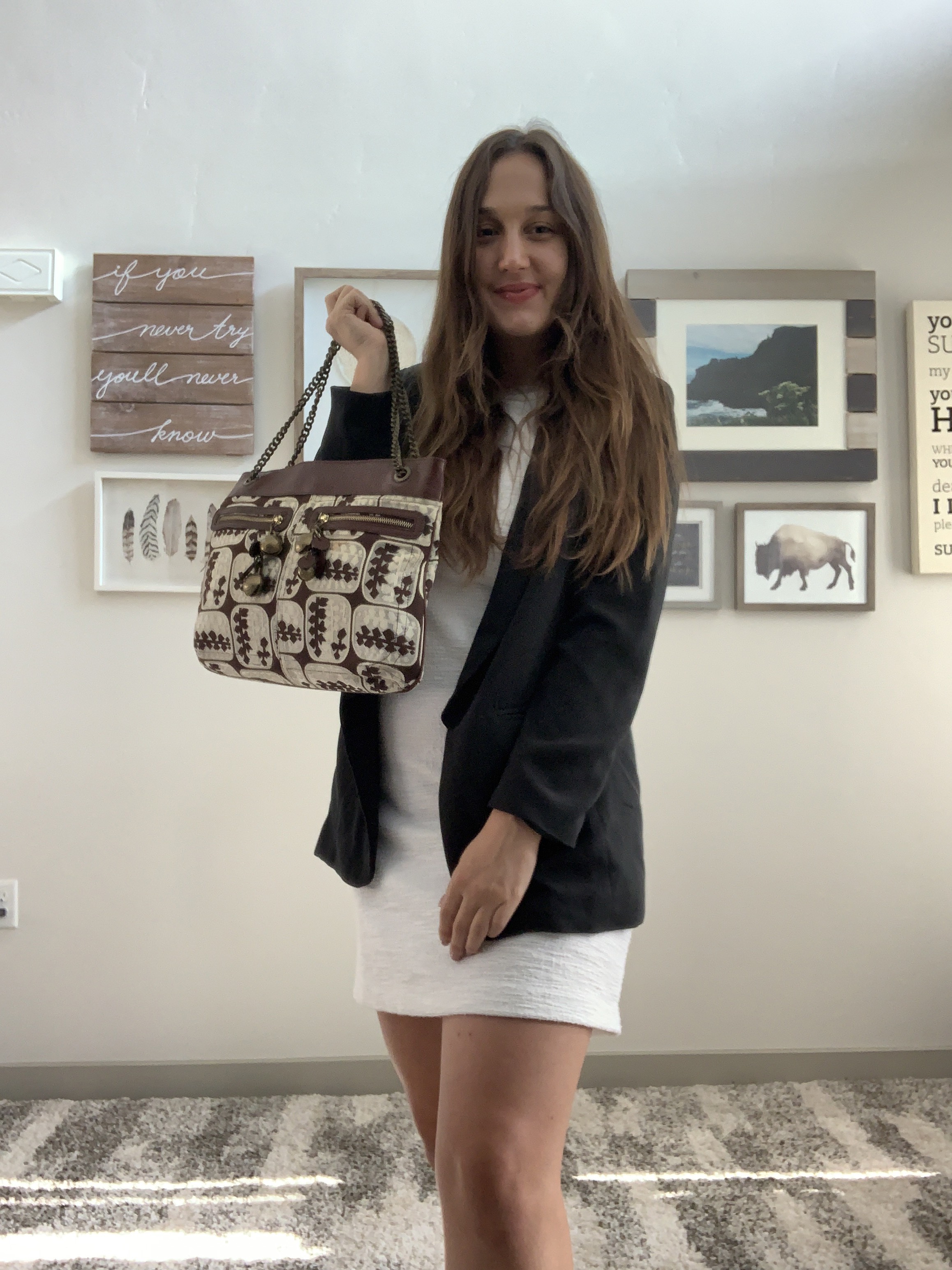You have /5 articles left.
Sign up for a free account or log in.
We are filming Module 8 of my Principles of Leadership class for the fall semester. I begin the segment on women and leadership by sharing some memories:
When I was a college student, a boyfriend broke up with me because I wanted to go to law school, while he wanted a traditional wife. When I once asked a boss for a raise, he said, “You don’t need a raise. Your husband has a job.” At an international conference hosted by my former university in Singapore, an older gentleman handed me a folder and said, “Could you please Xerox this?” I was then a vice dean of research. While pregnant with my second child, I worked on Wall Street, staying in the office until my contractions were seven minutes apart. When I walked out the door, my company put me on disability pay -- at two-thirds of my salary. At the same time, my 50-year-old male co-worker had a hernia operation and received two weeks of fully paid leave.
When I was working on a peace process in the southern Philippines in my late 30s, my colleague was a retired U.S. diplomat in his late 60s. When we were seen together on the street, people would refer to me as a sex worker. During an off-site in Vietnam, a male associate took over the meeting with my team, completely ignoring me as group leader. While traveling in the United States for work, I got a call that my son, who was in Asia, might have chicken pox. I went to my hotel room and wept. Finally, when I was announced as the only female among four finalists for the presidency of Utah Valley University, the first comment in the local paper was: “From the looks of her, she won’t be that much fun to work with.”
My intern, Lacee Meyer, is in the room as we film. My lecture continues. I make the case for more women in leadership positions, discuss the many obstacles women encounter in their leadership journeys and, finally, address what individuals, organizations and governments can do to develop and harness more female talent. I explain the persistence of bias and the double bind that ambitious women face: if they are too nurturing, they are seen as weak; if they are too assertive, they are seen as threatening and unlikable. I talk about sticky cultural factors (including religion) that block women psychologically, socially and structurally from advancing in leadership.
As we end, Lacee exclaims, “President, I am so fired up!” We do a socially distanced, symbolic fist pump. Lacee has been assisting me in preparing my lectures. She comes from a small, rural town in Utah. Blinded in one eye at birth, she struggled in school. Kids bullied her. Her father was addicted to opioids and died prematurely. Her teachers said she was not college material. But she enrolled at UVU. Open admissions helped her. She found mentors and flourished. She works hard. She’s a straight-A student and leaves this month for Queen’s University in Northern Ireland, where she will start a graduate program in conflict transformation and social justice. She has done research on inmates and recidivism in the United States. She is passionate about learning and making a difference.
A week earlier, I had given Lacee a farewell present. It was a purse from Hong Kong, designed by an old acquaintance, designer Fiona Kotur. Fiona found a treasure trove of gorgeous vintage brocade in a Kowloon warehouse and launched her purse and minaudière business from there. Lacee and other students like her are my treasure trove at UVU.
In my leadership class, I hope there will be many Lacees. They reflect UVU’s invitation: “Come as you are. UVU has a place for you.” We care less about people’s pasts than about their present dreams and future plans. We are three weeks away from the start of a COVID-challenged fall semester. I hope to be able to teach well, and, just as important, learn well from my students and their life journeys. I hope my class will help me and my students emerge with an increased capacity and desire to work, serve and lead.

